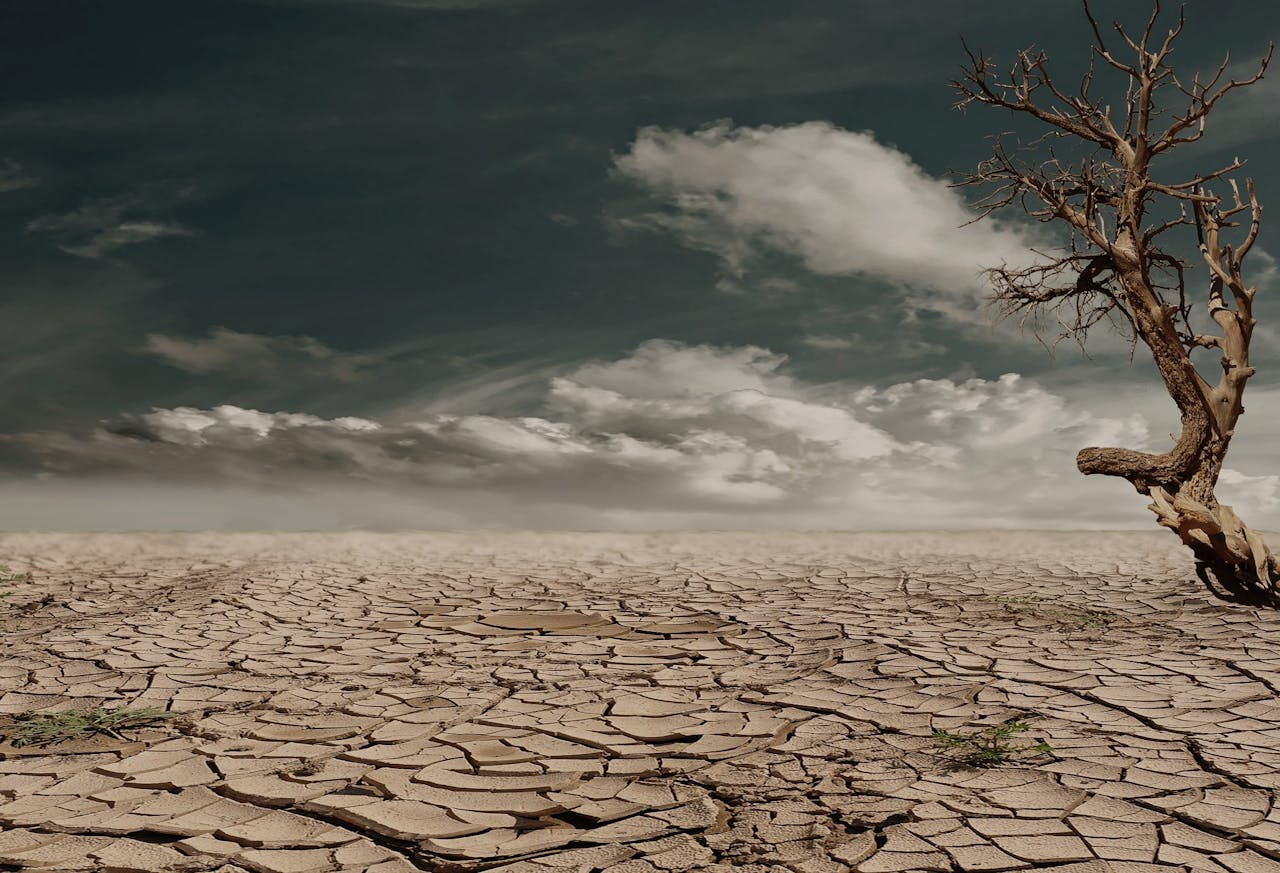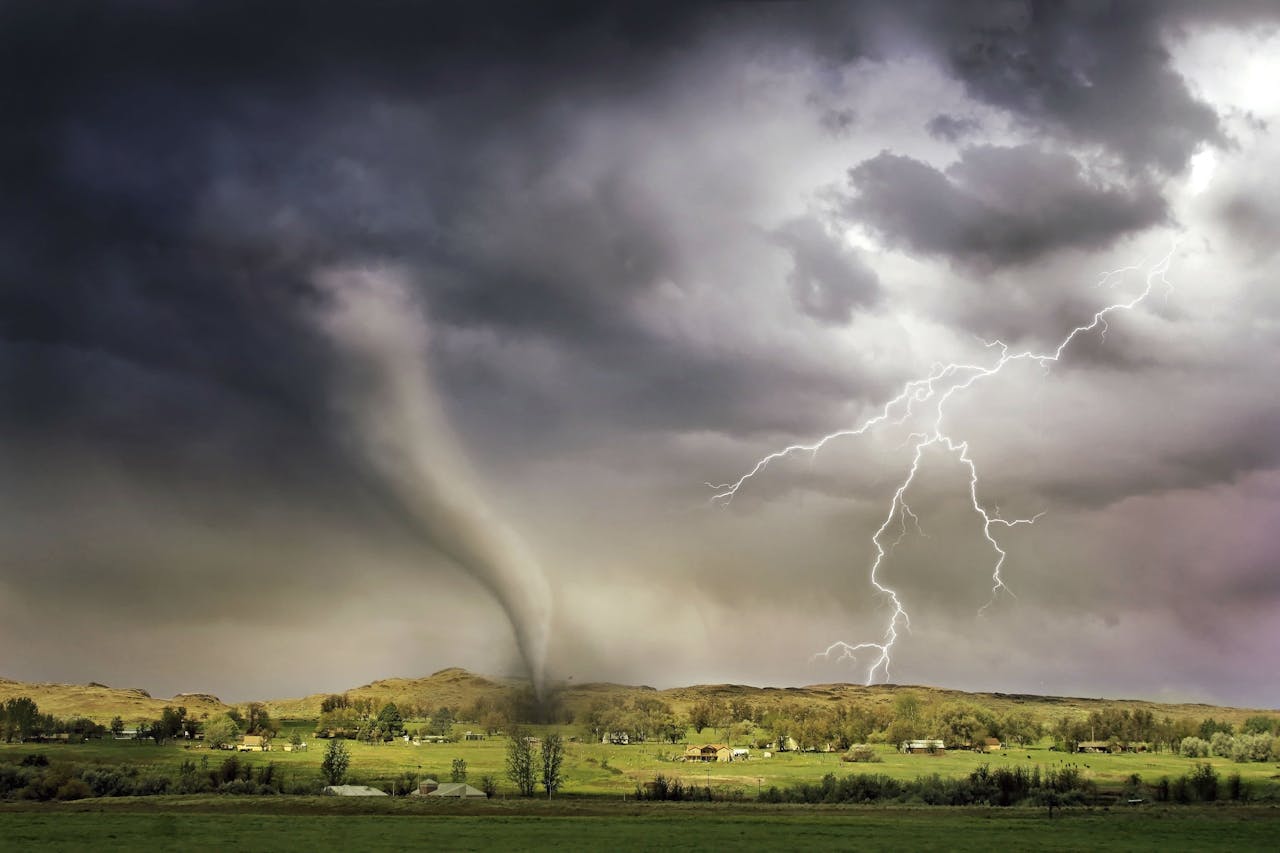The Climate Phenomenon La NiNa

La Nina is a natural climate pattern that originates in the Pacific Ocean and has widespread impacts on global weather and climate.

La Nina’s cooler sea temperatures disrupt normal weather patterns across the globe. The specific impacts vary depending on the region and time of year and often predictable based on past events. In the United States and Canada, La Nina is typically associated with colder, more wet winters in the northern regions, especially in the Pacific Northwest and the Midwest. This can result in increased snowfall and more frequent cold snaps.
The southern and southeastern United States tend to experience drier and warmer winters, which can increase the risk of droughts and wildfires in states like Texas, California, and Florida.
La Nina is linked to more active hurricane seasons in the Atlantic Ocean due to reduced wind shear, which allows tropical storms to develop more easily.
La Nina often brings drier conditions to parts of Brazil, Argentina, and Uruguay, leading to droughts that can severely impact agriculture, especially in the southern cone.
Countries near the equator, such as Colombia and Venezuela, tend to experience heavier-than-usual rainfall, which can result in floods and landslides. La Nina is associated with heavy rainfall and flooding in countries like Indonesia, Malaysia, and the Philippines, as well as in northern Australia. La Nina events have been linked to some of the worst floods in Australian history.
In India, the monsoon season may become more intense during La Nina years, bringing excessive rainfall that can cause flooding but also benefit agriculture.

Countries in East Africa, such as Kenya, Ethiopia, and Tanzania, often experience above-average rainfall during La Nina, which can help alleviate droughts but also lead to flooding.
Meanwhile, southern African nations like South Africa and Zimbabwe typically experience drier conditions during La Nina, increasing the likelihood of drought.
La Nina events can contribute to colder conditions in the Arctic, potentially slowing the rate of sea ice melt during the winter months.
La Nina’s influence on weather patterns can have profound social, economic, and environmental consequences.
La Nina can disrupt agricultural production by altering rainfall patterns and causing extreme weather events like floods and droughts. For instance, droughts in southern South America or parts of Africa can lead to crop failures, threatening food security and livelihoods. Conversely, areas experiencing excess rainfall, such as Southeast Asia, may also face challenges in managing flooded farmlands.
The increased frequency of extreme weather during La Nina—such as hurricanes in the Atlantic, floods in Australia, or wildfires in the U.S.—can lead to costly disasters. Governments and communities need to prepare for these impacts by improving disaster response strategies, enhancing infrastructure resilience, and increasing public awareness of the risks.

Severe weather patterns associated with La Nina can affect industries like agriculture, tourism, fishing, and energy. For example, prolonged droughts can lead to higher food prices due to reduced crop yields, while increased rainfall may disrupt mining operations and infrastructure development in affected regions. Preparing for these changes in climate patterns helps reduce economic losses.
The possibility of intensified La Nina events raises concerns about future climate stability, as more severe droughts, floods, and storms could strain the adaptive capacities of communities, ecosystems, and economies. Policymakers, scientists, and environmentalists are working to understand how best to adapt to these challenges and mitigate potential damage.

La Nina is a critical component of the Earth’s climate system, significantly influencing global weather patterns and environmental conditions. While its effects vary from region to region, it consistently underscores the interconnections of weather systems around the world. Understanding and preparing for La Nina events can help mitigate their negative impacts on communities, ecosystems, and economies.


